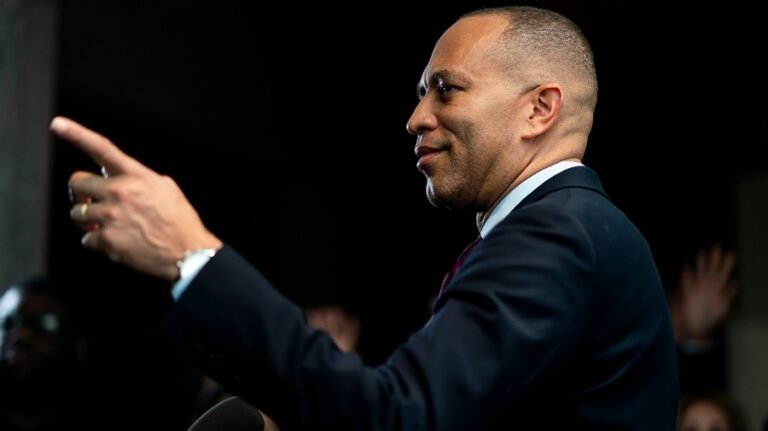
The Trump administration on Thursday asked for additional time to determine whether a group of about 200,000 student loan borrowers are entitled to loan forgiveness.
Under Cardona v. Sweet, the Biden administration agreed to settle student loan relief applications under Borrower Defense filed before June 22, 2022, in three different groups within a certain timeline. The case is now known as Sweet v. McMahon settlement.
The borrowers applied for relief using the Borrower Defense program, which allows an individual student loan relief if they were defrauded by their school. Some of the applications under the settlement had been pending for more than seven years.
While the first two classes received decisions on their applications on the agreed upon timeline, the Education Department is asking for an extension for the last group of around 200,000 borrowers that is currently expected to receive decisions on their applications at the end of January.
If a decision is not made by January 28, all the borrowers get their loan forgiven, totaling $12 billion.
“The Sweet settlement, negotiated by the previous Administration, imposes a timeline that would require the Department to automatically cancel up to $12 billion in student loans by January 2026 without proper vetting,” Under Secretary of Education Nicholas Kent said.
“Although the Department has complied with the Court’s deadlines in good faith, the upcoming January deadline is unreasonable. Without adequate time to review each outstanding borrower defense case, taxpayers could be forced to shoulder $6 billion in windfall discharges for ineligible borrowers, based on the Department’s current adjudication patterns,” he added. “The Trump Administration requests more time to review these applications to ensure that no taxpayer is burdened with discharges for ineligible borrowers.”
The department is arguing the timeline for the last group is unrealistic as the third class of borrowers was much bigger than originally intended when the settlement occurred. In the five months between the settlement agreement and final approval by the court, the lawsuit said 251,000 applications were submitted in the third group.
A senior Education Department official told The Hill the federal agency intends to fulfill its obligations under the agreement and hire outside contractors to help the process, although a department official will have the final decision on an application.
So far, the official said Borrower Defense applications have had a 50 percent acceptance and 50 percent denial rate under the administration.
The official also denied that the delay was caused by about half of the Education Department staff getting laid off since the beginning of Trump’s presidency, arguing the layoffs did not affect the office that deals with the settlement.
“But things have changed, and due to a variety of circumstances—including most notably the unanticipated size of the post class pool, the Department’s reasonable but unexpected resource constraints, and the new requirement in certain circumstances that the Department now discharge ineligible loan debt unrelated to a post-class applicant’s borrower defense application—the Court should provide the Department relief from this one aspect of the parties’ comprehensive and otherwise nearly concluded settlement agreement,” the lawsuit reads.
The department is asking for the deadline for the decisions for the last group to be moved to July 28, 2027.
The Education Department says it would be unfair to rush the applications and provide relief where it is not needed, which would be paid for by taxpayers.
“What would the American taxpayer think if we tell them that we’re going to forgive $12 billion and federal student loans, despite the fact that we haven’t actually looked at the merit of the claim?” the official said.
The two other groups who got relief on time, the official said, had high rates of accepted applications and did not have a significant increase in borrowers after the settlement was made.
The Trump administration’s desire for more time to adjudicate tracks with its pushback to previous efforts by the Biden administration for mass student loan relief.
The department already successfully took away President Biden’s Saving on Valuable Education (SAVE) income-driven repayment plan, which was dubbed the most generous student loan plan in history.


